Sesamoiditis can cause persistent pain and swelling under the ball of the foot, making walking, running, or even standing uncomfortable. Many patients seek treatment because daily activities become challenging, athletic performance suffers, or conservative measures have failed to provide relief. At Revive Hand and Foot Institute in Miami, our team focuses on addressing the underlying causes of sesamoiditis to reduce pain, restore mobility, and help patients return to their normal routines safely and effectively.
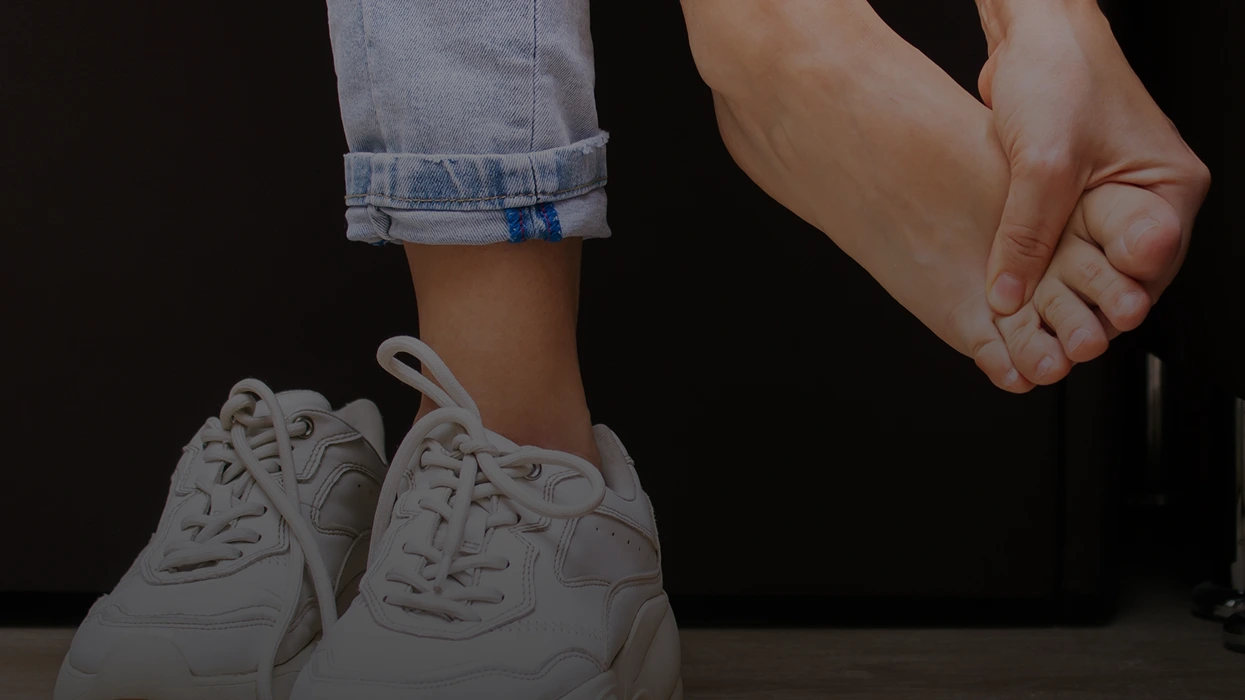
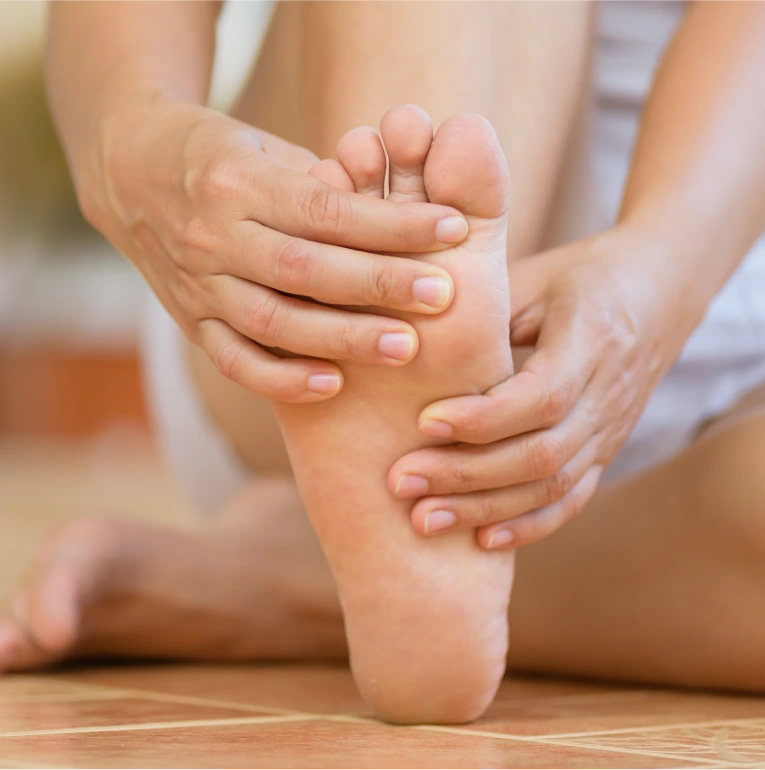
Sesamoiditis is a condition that affects the small bones in the foot called sesamoids, which are located beneath the big toe joint. It often develops with a gradual onset, with symptoms starting subtly and becoming more noticeable over time. Patients may initially notice that mild pain occurs during walking, running, or standing, but as the condition progresses, constant pain can develop, making everyday movement increasingly uncomfortable. This inflammation of the sesamoids can significantly impact foot function if left untreated.
In later stages, patients may experience persistent or constant pain that interferes with daily activities and limits mobility.
During your consultation, our doctor will perform a thorough biomechanical evaluation to assess how your foot moves and determine any factors contributing to pain in the sesamoid bones. We may order imaging tests, such as X-rays or a bone scan, to rule out a stress fracture or other underlying conditions. Based on the findings, our team will develop a personalized treatment plan designed to relieve pain, reduce inflammation, and restore proper function to the affected area.
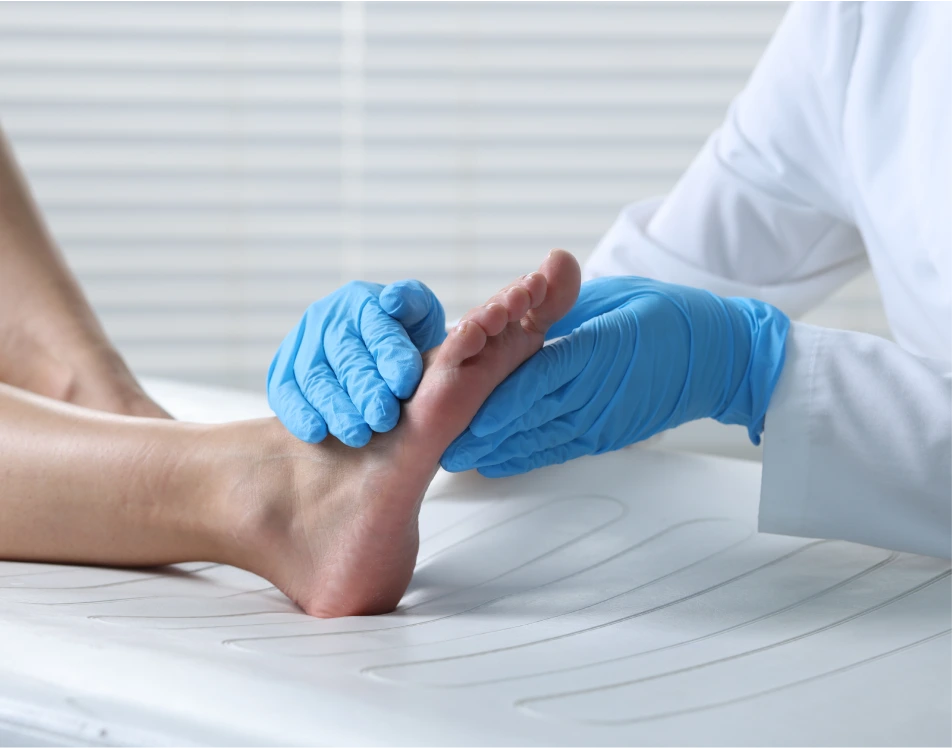
Custom orthotics are specially designed shoe inserts that provide support and cushioning to relieve pressure on the sesamoid bones. By redistributing weight across the foot, these orthotics help reduce pain during walking, running, or standing, while also correcting any biomechanical imbalances that may contribute to sesamoiditis.
MLS laser therapy uses targeted light energy to reduce inflammation and promote healing in the affected sesamoid area. This non-invasive treatment can accelerate recovery, improve circulation, and help patients return to normal activities with less discomfort.
Pain experienced from sesamoiditis can be alleviated quickly through steroid injections, which help reduce inflammation and provide temporary relief. Additional pain management strategies may include oral medications or supportive padding to improve comfort during daily activities.
In cases where conservative treatments fail, foot surgery may be considered to address severe sesamoiditis. During surgery, our doctor can remove damaged tissue or reshape the sesamoid bones without affecting other bones, restoring function and relieving persistent pain.
Recovery after sesamoiditis treatment focuses on protecting the foot and promoting healing while minimizing discomfort. Patients are advised to avoid walking barefoot and to wear supportive shoes that reduce direct pressure on the sesamoid bones. Elevating the foot and following recommended rest periods can help reduce swelling, while gradual reintroduction of activity ensures a safe return to normal movement and prevents further irritation.
The recovery time may vary from a few weeks to several months, depending on the severity of the condition and the type of treatment performed.
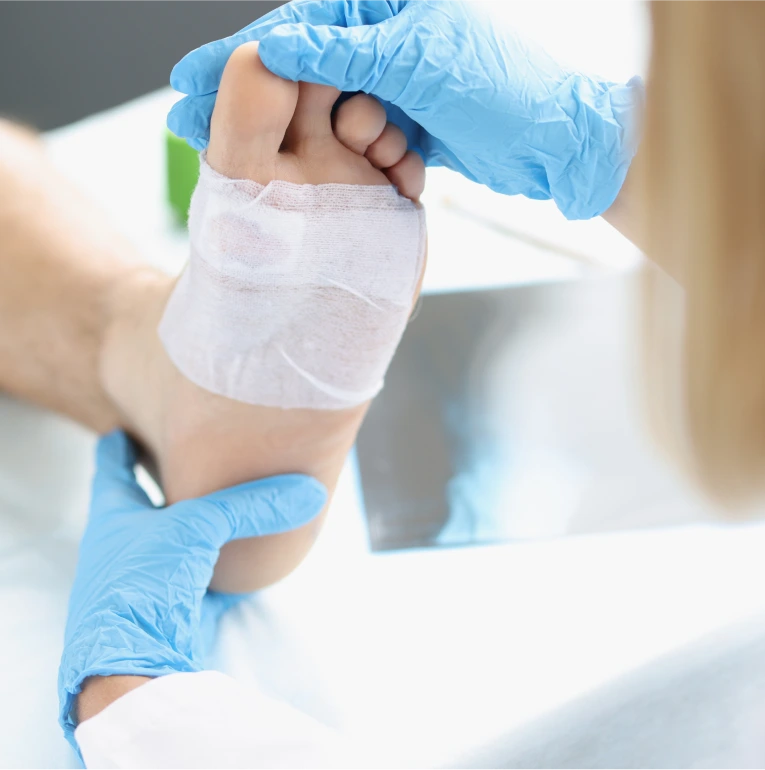
Many people seek sesamoiditis treatment when foot pain begins to interfere with daily activities or athletic performance. Certain factors can make someone more likely to benefit from professional care. Typical candidates for this treatment include:
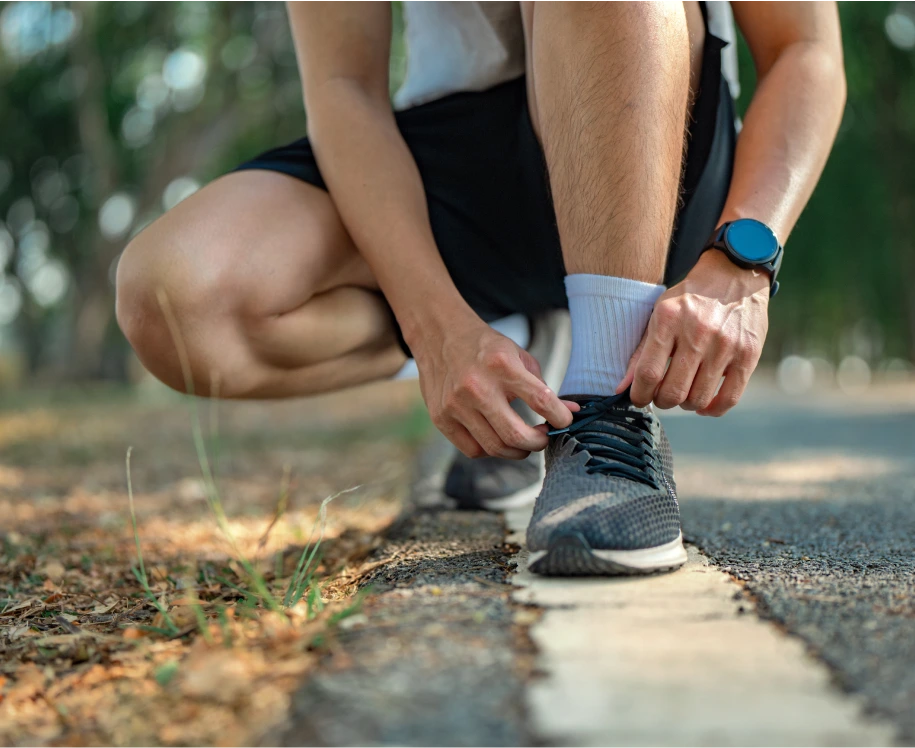
The cost of sesamoiditis treatment in Miami typically ranges from $300 to $2,500. The price depends on the type and extent of care required. Insurance coverage may also affect out-of-pocket costs, and our team at Revive Hand and Foot Institute can provide a detailed estimate during your consultation.
